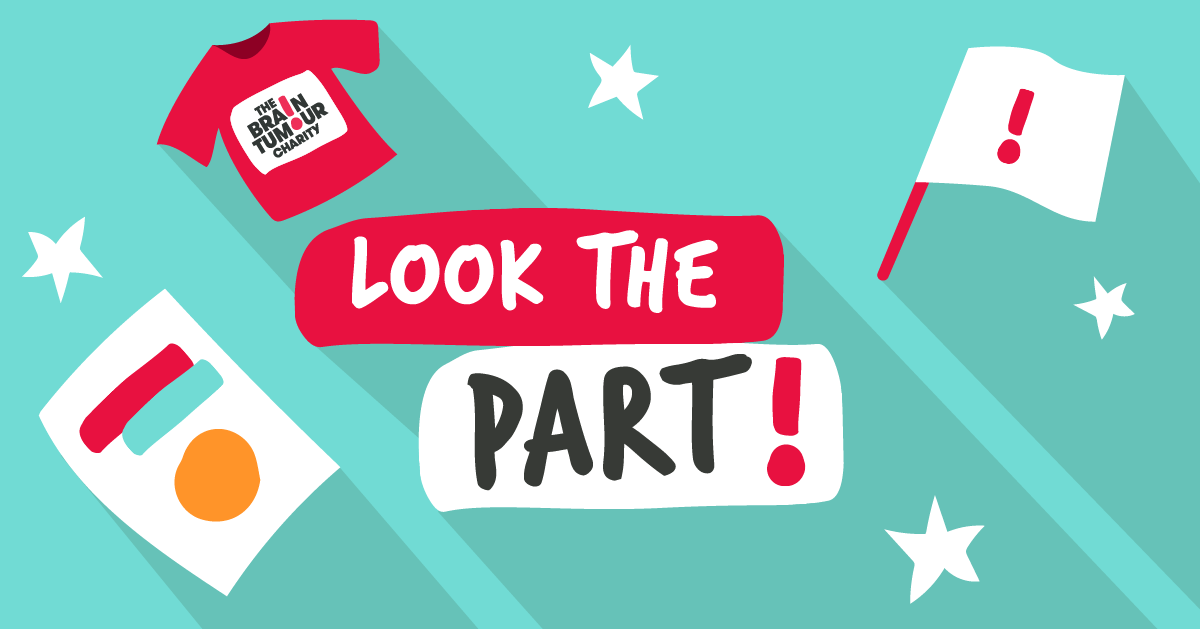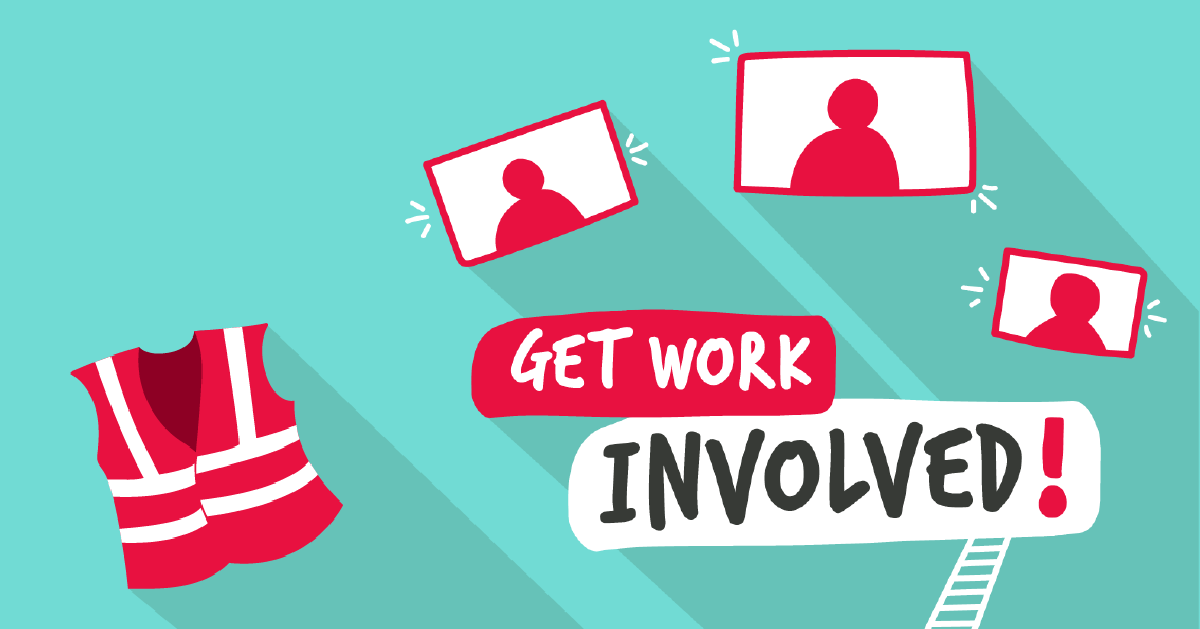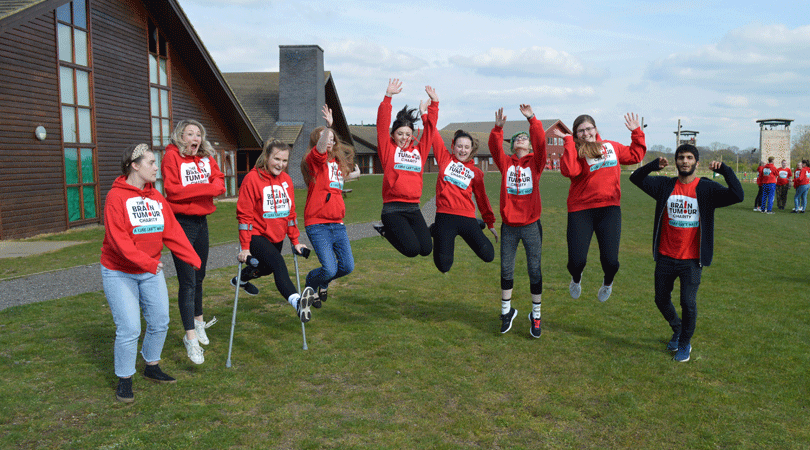Fundraising online is easier than ever thanks to platforms like JustGiving, Facebook Fundraising and Tiltify.
This means you can share your fundraising page at the click of a button. Deciding to go digital with your fundraising is a great option because it means you don’t have to worry about handling cash and all donations are sent directly to The Charity – meaning you can focus fully on your fundraising.
These are our top tips for spreading the word about your fundraising and maximising the impact you can have for families affected by a brain tumour.
Set yourself up for success with a powerful fundraising page
Before you share your fundraising page, it’s definitely worth taking the time to make sure you’ve done everything you can to make it more effective. Whatever fundraising platform you decide to use, you’ll normally be able to add photos, a fundraising target and information about your fundraising story.
Photos
JustGiving has previously said that simply having a profile picture on your JustGiving page improves fundraising by an average of 47%. And adding photos to your story section could improve your fundraising by an average of 39%.
Fundraising target
Creating a specific fundraising target to include on your page can increase money raised by a massive 134% according to JustGiving. You’ll want to set an ambitious but realistic target. We suggest using one (or a combination) of the amounts below because you’ll be able to demonstrate how people’s donations will help move us further, faster towards a world where everybody affected by a brain tumour lives a longer, better life.
- £10 could help us to send a Brain Tumour Information Pack to someone newly diagnosed with a brain tumour
- £30 could pay for us to send a Brainy Bag to a child diagnosed with a brain tumour
- £50 could fund printing 1,000 of our 10 Ways We Can Help cards to give to newly diagnosed patients at neuroscience centres
- £120 could help drive faster diagnosis by paying for us to send enough Better Safe Than Tumour packs to inform up to 1,200 people about the signs and symptoms of brain tumours.
- £300 could fund a day of world class research into brain tumours
- £500 could fund the cost of storing a tissue sample and genomic data in a biobank for a patient on a clinical trial
- £1,000 could fund 45 hours of support from a Young Adult Worker
- £1,000 could fund the RNA sequencing required for a year on one of our paediatric tumour research projects
- £2,000 could fund the bioluminesence imaging required for a year on one of our glioblastoma research projects.
Your story
Adding information to this section can improve fundraising by an average of 40%. It’s also important to update it regularly with your progress as this has been shown to improve fundraising by an average of 24%.
This is your chance to let the world know:
- why The Brain Tumour Charity is important to you
- what are you doing to raise funds
- what you hope those funds will achieve
- why people should donate.
Don’t forget to update it after you’ve completed your challenge too, as around 20% of donations come in after the event.
Get organised and plan how you’ll share your fundraising page!
A little organisation really does go a long way when it comes to sharing your fundraising page.
First, you could make a list of potential donors (or groups of donors, for example, colleagues, people in your area, local businesses, nearby places of worship etc.). Once you’ve done this, you can list different ideas you have for sharing your fundraising page with them.
When you’re halfway through your fundraising journey, make sure you check this list again. This will help you make sure you’ve reached everyone on your list and is a good opportunity to think about whether there are better ways to get your fundraising page seen.

It can also be useful to put together a rough schedule of when you’ll be posting on social media about your fundraising page. This can help you think about whether there are certain times that you might be more successful – for example, public holidays, relevant awareness days, dates with great personal significance to you or towards the end of the month when people are getting paid.
Ask your nearest and dearest to donate early
Are there certain people who know are guaranteed to donate to your fundraising page? For example, parents, grandparents, partners, siblings, BFFs, besties or frenemies.
Asking them to donate early will actually help encourage more people because people are less likely to give to a page that doesn’t have any donations. People often look at recent donations on a page before deciding how much to give, so getting some bigger donations early can boost how much other people will donate.

You can also ask your loved ones to help you by sharing your fundraising page. They might be able to share on social media, in their local area, with groups they’re in or at their workplace. As well as resharing your posts, they could add a personal touch by creating their own post explaining why they’re supporting you and The Brain Tumour Charity.
Make the most of social media to share your fundraising page
There are so many social media platforms out there that you could use to promote your fundraising page – and they’re all great options.
Facebook is a great platform for spreading the word about your fundraising page. You also have the option of setting up a separate page, group or event specifically for your fundraising activity. Once you’ve invited everyone you know to be part of it, you can easily update everyone on your progress. Facebook is also great for discovering other groups and pages that might be interested in your fundraising. For example, if you’re taking on a gaming challenge, you could share your fundraising page with a local gaming group.
Instagram is a great way of sharing photos and videos of your journey with supporters. However, you can’t include a direct link to your fundraising page in your posts. Twitter (or X) is a great way of connecting with local businesses or personalities that could help share your fundraising page.
If you’re looking for a fun way to connect with a younger audience, you might even want to try TikTok!
Look the part
The Brain Tumour Charity is a bold and eye-catching brand, so why not use this to your advantage when promoting your fundraising page?
You can download a wide range of fundraising resources from our website – including attention-grabbing posters.
If you’re feeling particularly creative, you could also use our Create platform to design your own snazzy materials. You’ll find a massive range of photos, illustrations and brand devices to help your fundraiser stand out.

If you’re creating a poster, you can quickly create a personalised QR code for your JustGiving page so that people can donate using their phone’s camera. All you need to do is go to your JustGiving page and add “/qrcode” to the end of the URL and hit enter. Your QR code will appear for you download by right-clicking the image and saving it to your device.
For example, our fundraising page is justgiving.com/thebraintumourcharity. So we’d add /qrcode to the end to make justgiving.com/thebraintumourcharity/qrcode.
You can then add this to anything you’re designing to make it easier for people to donate
Share your fundraising page regularly
Don’t be shy about posting lots about your progress, whether that’s progress towards your fundraising target, hitting a new milestone or training updates as you prepare for your big event.
Make sure you always include a link to your fundraising page in these posts and ask people to share your updates.

Don’t forget to say thank you
If people have included their name along with their donation, don’t forget to thank them publicly for their gift. This is a great way to keep drawing attention to what you’re doing and create a positive vibe around your fundraising.
At the end of each week, you could even create a short video giving shout outs to everybody that donated that week.

Think local
Asking local organisations if they’ll help you promote your fundraising can be a great way to spread the word about what you’re doing. Local businesses, places of worship, gyms, cafes, pubs, shops and community groups are all great places to ask for help.
You might be able to stick up a poster with a QR code to your fundraising page or they might be able to share your fundraising page on their social media channels.
Some might even be willing to make a donation to your page or donate something you can raffle off to raise funds.
Get creative when sharing your fundraising page
Finding creative ways to share your fundraising page is a brilliant way to get more people interested in what you’re doing.
Setting milestone goals that mark certain fundraising achievements on your way to your total goal is a great way to encourage people to donate. Especially if you choose milestones that you know people will want to see!
Will you dye your hair red for the day once you’ve hit £100? Get The Brain Tumour Charity’s logo shaved into your hair? Take a bath in baked beans?
If you’ve got a particular talent, you could also use that. From music and art to photography, poetry and even something left-field like keepy-uppies, there are so many ways to incorporate what you love into your fundraising updates.
Don’t be scared to get your workplace involved
Sharing your fundraising page at work is a great way to connect with your colleagues, spread awareness of The Brain Tumour Charity and raise funds. How you do this will depend on how your workplace handles communication, so it might be best to get some advice from your internal comms team.
You might want to consider:
- sticking up a poster on a noticeboard
- making a pinned post on an app like Workplace or Slack
- including it in your email signature
- asking if you can talk about your reasons for fundraising at a staff meeting.
You should also ask your manager if your employer has a matched funding policy. Many organisations will contribute up to a certain amount towards their employees’ fundraising efforts – so having this quick conversation could help you double your impact.

Don’t neglect word of mouth
You should never underestimate the power of word of mouth. Make sure you tell your friends, family, colleagues, neighbours – in fact, just tell everyone you meet – about what you’re doing. It’s likely that at least a handful of them will then tell somebody else about what you’re doing.
Contact your local paper or radio station
Local newspapers and radio stations love covering feel-good fundraising stories – especially if you’re doing something a little bit quirky or unique. Being featured in your local media has the power to really amplify your fundraising page, so it’s definitely worth emailing them about your fundraising and why you’re supporting The Brain Tumour Charity.
You can download our media guide for advice on how to get your story into your local paper, guidance on social media and press release templates you can use, or contact our PR Team.


